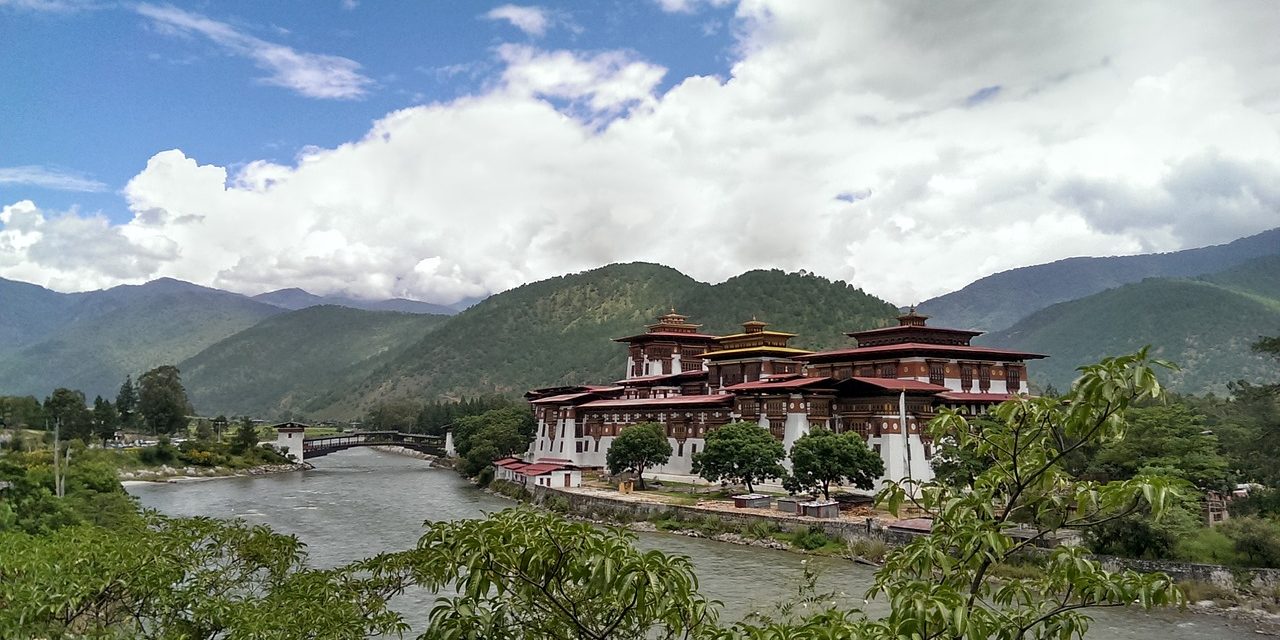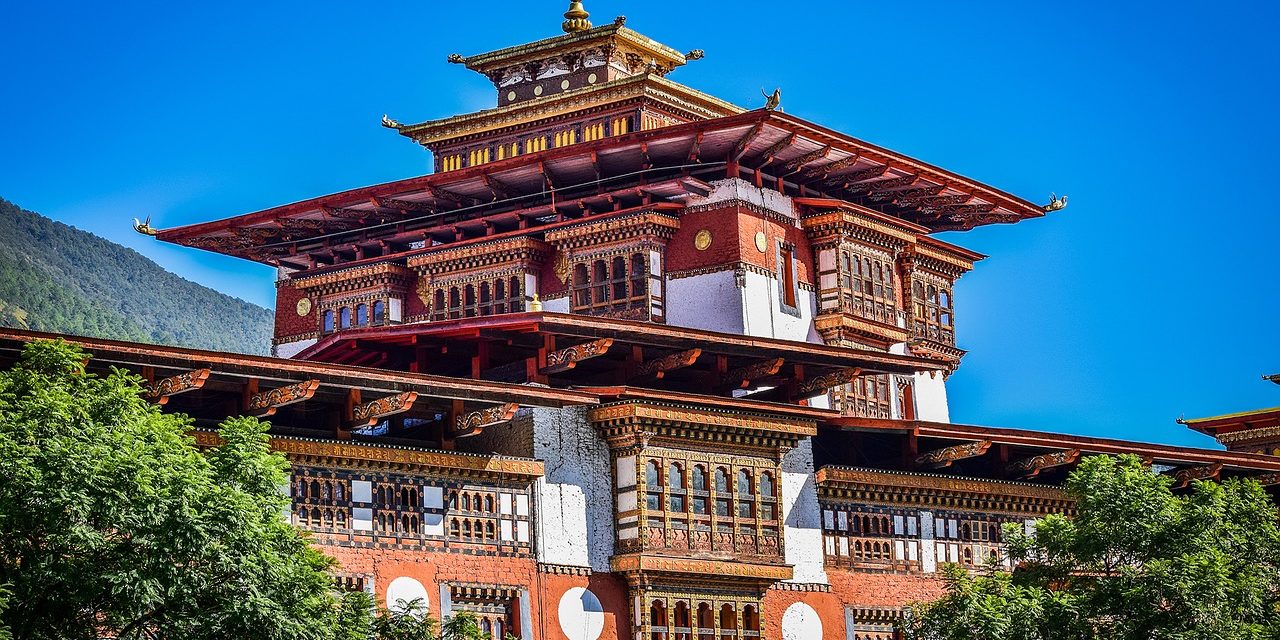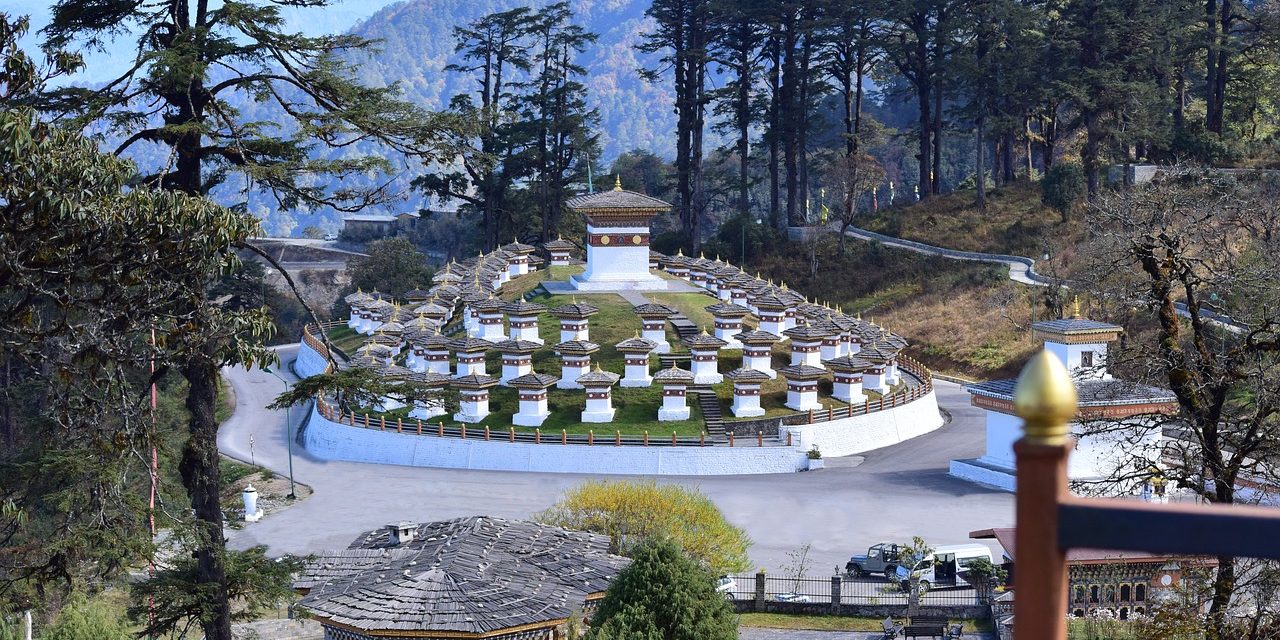07D PARO-THIMPU-PUNAKHA
 06 NIGHTS/ 07 DAYS
06 NIGHTS/ 07 DAYS
TYPOLOGIES
Hill Stations
DIFFICULTY
not set
MIN. AGE
not set
Helpful tips:
- Bhutan's unit of currency is called Ngultrum (BTN). A Ngultrum has the same value as the Indian rupee, which is also legal in Bhutan. ... INR 100 & 50 Rupee denomination may be used in Bhutan, but Ngultrum cannot be used in India. Indian Rupee denomination note of INR 500 and INR 2000 are not accepted in Bhutan.
- The time in Bhutan is GMT +6 hrs, which means time in Bhutan is 30 mins ahead of the time in India (IST).
-
Check out the weather forecast during your expected period of travel.
-
Don't forget to pack your bags. Check out our comprehensive packing checklist.
Inclusions
3 star
Transfer
Breakfast
Sightseeing
Stay Plan
07D PARO-THIMPU-PUNAKHA
03 Nights in Paro
02 Nights in Thimphu
01 Night in Punakha
PACKAGE DETAILS
07D PARO-THIMPU-PUNAKHA
- Daily Breakfast.
- Return airport and round trip transfers along with all sightseeing tours
- Permit for travel to Punakha.
- All Monument & Museum Entrances Fees as mentioned in the itinerary.
- All tours and transfers either on a private basis or seat-in-coach basis.
KNOW MORE
.
WHEN TO VISIT:
The Paro Valley has a mild climate, with warm summers (Jun–Aug) and dry, cool winters (Nov–Feb). Popular times to visit are Apr-Jun, late summer (Aug) and mid-fall (Oct). Elaborate dances mark the Paro Tshechu religious festival (spring, dates vary), which also features a huge Buddhist painting presented by monks. Monsoon season runs Jun-Sep.
.
WHEN TO VISIT
Many travellers choose Apr-Jun and Oct to visit when daytime temperatures are mild and the weather is mostly dry. Jul–Aug is the peak of the wet season. Nov–Mar is dry and cool with cold nights. A key event in the capital's calendar is Thimphu Tshechu (Sep/Oct), a colourful Buddhist festival of masked dance and prayer.
Punakha is a town in the Himalayas of Bhutan. It's known for the Punakha Dzong, a 17th-century fortress at the juncture of the Pho and Mo Chhu rivers. The fortress hosts the Punakha Tshechu, a religious festival featuring masked dances and music. In the surrounding Punakha Valley, temples include the fertility-focused Chimi Lhakhang and the hilltop Khamsum Yulley Namgyal Chorten, which has river and mountain views.
.
WHEN TO VISIT:
The Punakha Valley is a year-round destination with a temperate climate. Summers (Jun–Aug) is warm and rainy. Winters (Dec–Feb) is dry and cool. Music and masked dances mark the multi-day Punakha Tshechu religious festival (dates vary). Monsoon season runs Jun-Sep.
07D PARO-THIMPU-PUNAKHA
Day 01 - Arrival in Paro, transfer to Thimpu
Upon arrival at Paro Airport, avail the transfer to Thimpu, the national capital of Bhutan. Rest of the day is on leisure. Overnight at Thimpu.
Day 02 - Sightseeing in Thimphu
After breakfast head out to get a glimpse into the cultural and natural wealth of Bhutan. Visit Motithang Takin Preserve, named after the national animal of Bhutan, the Takin. Next visit the Tashichho Dzong, the seat of the government. This historic building, which has withstood the test of time, showcases the traditional Bhutanese architecture. The trip to BBS Tower offers you the best photography opportunities for the day as this point commands panoramic views of Thimphu city. Next visit the Kuensel Phodrang Nature Park, which has one of the largest statues of Shakyamuni in the world – Buddha Dordenma. The Folk Heritage Museum, which is housed in a 3-storey building, exhibits a vast collection of old tools and household items used by the locals. Overnight at Thimpu.
Day 03 - Thimphu to Punakha via Dochu La
After breakfast, check-out from the hotel and transfer to Punakha. Punakha is known for the historical Punakha Dzong – one of the oldest and largest dzongs in Bhutan; it is also the erstwhile seat of the government. It has seen numerous significant events in the history of Bhutan. The exhilarating road trip becomes more interesting as you cross the Dochu La Pass, which offers mesmerizing views of the Himalayan Kingdom. It is also known for the 108 Buddhist shrines built here by the Queen Mother, Ashi Dorji Wangmo Wangchuck. During your time at Punakha Dzong, you can also witness the union of the Pho Chhu and Mo Chhu Rivers. We also take you to Chimi Lhakhang, built by Ngawang Choegyel, the 14th Drukpa head, in reverence to Drukpa Kunley. Reach Punakha and check-in to your hotel. Overnight at Punakha.
Day 04 - Punakha to Paro
After breakfast, check-out from the hotel and head back to Paro. This day involves plenty of sightseeing as we take you to some of the most popular tourist attractions, here. During the day, you will spend moments of peace at the 7th-century Kyichu Lhakhang. It is one of the 108 Buddhist temples, built by the Tibetan king, Songtsen Gampo. The visit to Ta Dzong – home to the National Museum of Bhutan – will bring you one step closer to the culture and people of the kingdom. Fascinatingly, some of the artefacts housed in the museum date back to 4000 BC! Also, explore the Drukgyel Dzong, which used to be a significant defence base till 1951, when a fire gutted the campus and left it in runs. Overnight at Paro.
Day 05 - Local Sightseeing in Paro
After breakfast, you shall visit the "Paro Taktsang" well known as Tiger’s nest temple. The Temple or Taktsang Monastery is the most famous of Bhutanese monasteries. Perched precariously on the edge of a 1200m cliff, this monastery is an impressive sight and the unofficial symbol of Bhutan. Overnight at Paro.
Day 06 - Excursion to Chele La Pass
After breakfast, proceed on an exciting excursion to the Chele La pass. About 37 km from Paro, the mountain pass will take you to over 12000 feet altitude. On the way, see lush forests of pine and rhododendron. After reaching the pass, view the Mount Jomolhari and Jichu Drake. On a clear day, panoramic views of the Haa and Paro Valleys can also be captured from here. Overnight at Paro.
Day 07 Departure from Paro
After breakfast, you shall be transferred to Paro Airport to board your return flight.
IMPORTANT NOTE:
There are certain norms and requirements of permits for Indian Nationals to enter Bhutan. Please get in touch with us for further details.








